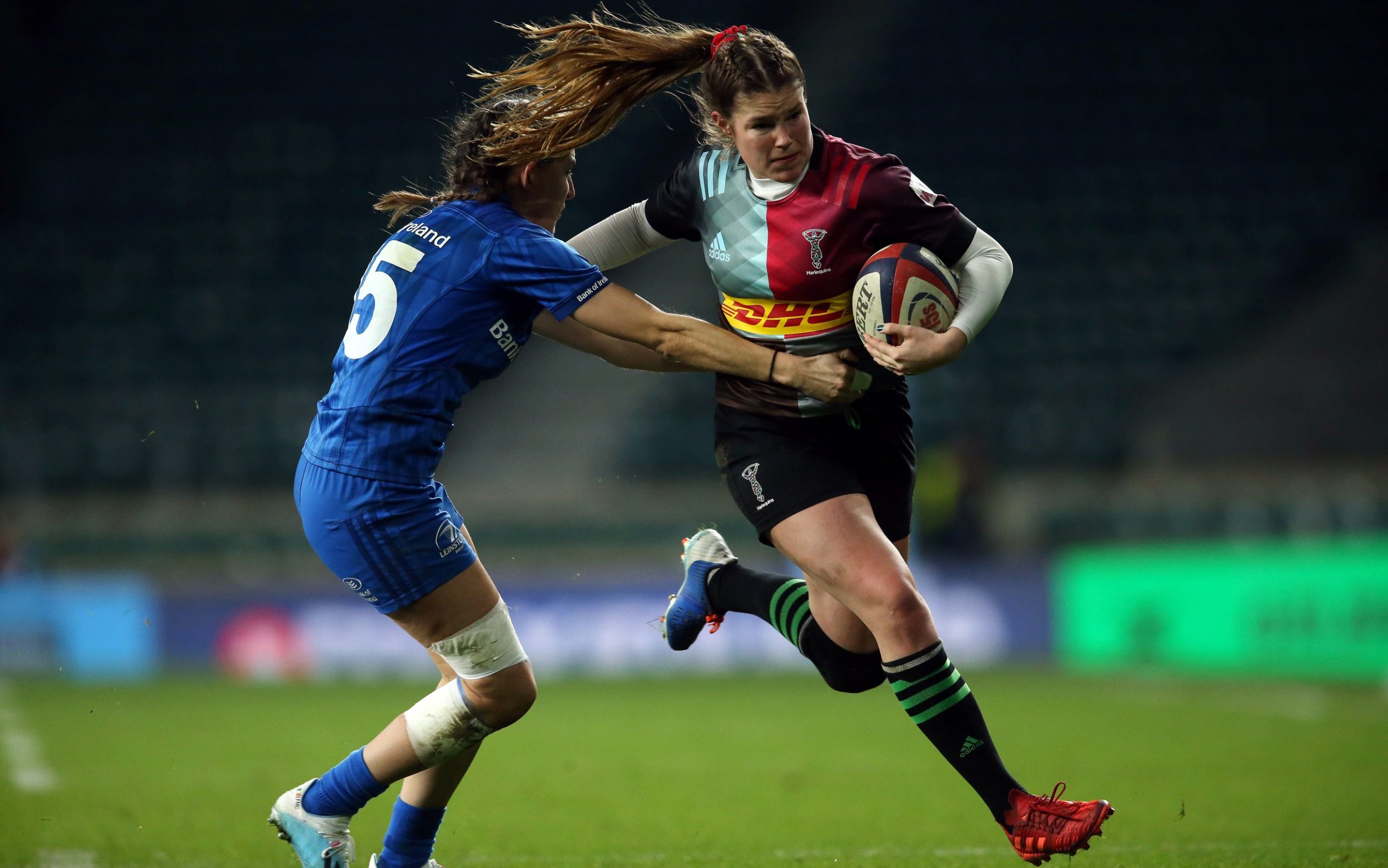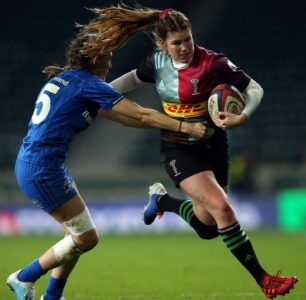Rugby positions refer to designated roles and responsibilities of players on the field, each contributing to team dynamics and strategy. From agile fullbacks to powerful forwards, each position offers unique skills and attributes.
Explore the roles and responsibilities of rugby positions, from the dynamic backline to the formidable forward pack. Whether you’re a player seeking to understand your role or a fan curious about team dynamics, our guide has you covered.
Positions FAQ
- Rugby Positions
- What does Hooker mean?
The hooker is a key position in rugby’s forward pack and is positioned between the two props in the scrum. They have the crucial role of hooking the ball back with their feet in scrums, throwing accurately in lineouts, and contributing to the physical aspects of the game, such as tackling and rucking. Hookers require strength, technique, and agility to excel.
- How does the scrum-half's role differ from the fly-half's role?
While both the scrum-half and fly-half are pivotal in a rugby team, they have distinct roles. The scrum-half primarily focuses on quick distribution of the ball from set pieces like scrums and rucks, acting as a link between forwards and backs. In contrast, the fly-half often directs the team’s attack, makes strategic kicks, and orchestrates backline moves.
- What does Inside center mean?
The inside center, also known as the second five-eighth, plays alongside the outside center in the backline. They are typically strong runners with good tackling abilities, often acting as a playmaker by breaking defensive lines, offloading the ball to teammates, and creating scoring opportunities for the team.
- What does Lock mean?
Locks are tall and powerful forwards who play a crucial role in set pieces like scrums and lineouts. They provide stability and strength in the scrum, lift teammates in lineouts, and contribute to driving mauls forward. Locks are essential for securing possession, disrupting opposition set pieces, and exerting physical dominance in close-quarters play.
- What does Loose forward mean?
Loose forwards, including flankers and number 8, are dynamic and versatile players in rugby’s forward pack. They possess a combination of skills, including tackling, ball-carrying, and breakdown work. Loose forwards excel in open play, supporting attacks, winning turnovers, and providing defensive cover across the field.
- What does Number 8 mean?
Number 8 is a position in rugby’s forward pack positioned at the back of the scrum. They play a multifaceted role, combining the attributes of a loose forward and providing a link between forwards and backs. Number 8s are often powerful ball carriers, adept at offloading, and play an integral role in both attacking and defensive phases of play.
- What does Openside mean?
The openside refers to the side of the scrum or ruck where there is more space between the forwards. Openside flankers are typically assigned to this side, tasked with winning turnovers, disrupting the opposition’s play, and providing quick support to ball carriers. Understanding the dynamics of the openside helps in shaping defensive and attacking strategies.
- What does Outside center mean?
The outside center, also known as the center, plays alongside the inside center in the backline. They are often elusive runners with good defensive capabilities, responsible for breaking defensive lines, making crucial tackles, and creating scoring opportunities for teammates. Outside centers need speed, agility, and tactical awareness to excel in their position.
- What does Prop mean?
Props are powerful and sturdy forwards positioned on either side of the hooker in the scrum. They provide stability and drive in scrums, acting as the foundation for the forward pack’s set-piece dominance. Props also contribute to ball-carrying, tackling, and defensive efforts, making them essential figures in both attacking and defensive play.
- What does Scrum-half mean?
The scrum-half, also known as the half-back, is a pivotal player in rugby’s tactical setup. They are responsible for feeding the ball into the scrum, retrieving it from rucks and mauls, and distributing it quickly to teammates, particularly the fly-half. Scrum-halves require sharp decision-making, accurate passing, and quick reflexes to excel in their role.
- Are there specific training considerations for different positions in rugby?
- What does Tighthead mean?
- What are the positions in rugby?
- What is the role of forwards in rucks and mauls during an attack?
- What's the difference between a forward and a back in rugby?
- What's the role of the fullback in a rugby team?
The fullback is a key defensive player positioned behind the main defensive line. They catch high balls, make tackles, and provide support to the backline defense. Additionally, they often join attacking plays, offering an extra option in attack.
- What does Wing mean?
- What does Penalty kicker mean?
A penalty kicker is a player designated to take penalty kicks at goal after an infraction by the opposing team. They aim to kick the ball between the uprights, scoring points for their team. Penalty kickers require precision and composure under pressure.
- Are there specific training considerations for different positions in rugby?
Yes, each position in rugby requires specific skills and physical attributes. For example, forwards focus on strength and technique for scrums and lineouts, while backs emphasize speed, agility, and kicking accuracy. Tailoring training to your position can optimize performance and reduce the risk of injury.
- What does Backline mean?
- What does Blindside mean?
The blindside in rugby refers to the narrow side of the field in a scrum, ruck, or maul. It’s the side where there are fewer players, making it a potential area for quick attacks or defensive vulnerabilities. Understanding the blindside’s dynamics helps players anticipate plays and make strategic decisions.
- What does Center mean?
In rugby, centers are versatile players positioned in the middle of the backline. They play a pivotal role in both attack and defense, often being involved in setting up tries, making tackles, and organizing defensive patterns. Centers need a combination of speed, strength, and tactical awareness to excel in their position.
- Does it have to be the fly-half that kicks?
No, while the fly-half is typically the primary kicker in rugby, any player on the field can kick the ball during open play. Different situations may call for various players to take on kicking responsibilities, such as clearing the ball from their own half or attempting a drop goal to score points.
- What does Flanker mean?
Flankers are agile and mobile forwards who play on the sides of the scrum and lineout. They’re crucial in winning turnovers, supporting ball carriers, and disrupting the opposition’s plays. Flankers need to be excellent tacklers, strong at the breakdown, and quick to react to the evolving dynamics of the game.
- What does flanker vs number 8 mean?
Flankers and number 8 are both positions in rugby’s forward pack. Flankers typically play on the sides of the scrum, focusing on turnovers and supporting ball carriers. Number 8, positioned at the back of the scrum, often acts as a link between forwards and backs, contributing to both attacking and defensive phases of play.
- What does Fly-half mean?
The fly-half, also known as the first-five-eighth or stand-off, is a pivotal player in rugby responsible for directing the team’s attack. They often make strategic decisions, execute tactical kicks, distribute the ball to teammates, and coordinate backline moves. The fly-half’s skill set includes passing accuracy, kicking precision, and game intelligence.
- What does Forward pack mean?
The forward pack comprises the eight players in a rugby team who participate in scrums, lineouts, and rucks. They are typically larger and stronger than the backs, focusing on gaining possession, providing a platform for attack, and winning physical battles in close-quarters situations. The forward pack forms the backbone of a team’s performance.
- What does Fullback mean?
The fullback is a position in rugby positioned behind the backline. They are the last line of defense, responsible for catching high balls, fielding kicks, and initiating counterattacks. Fullbacks also join the attacking line, providing support to the backline and offering an additional kicking option when needed.

